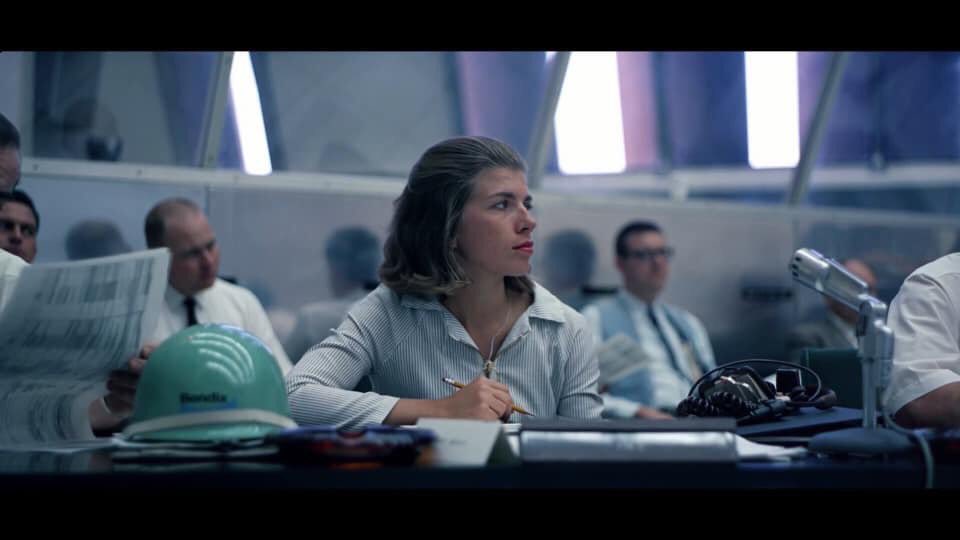L-28 days @BlueOrigin #NewShepard #FHF 🚀👩🚀
Figured it might be fun to share some fun facts along the way…
#DYK Alan Shepard carried a $1 bill on his Mercury flight? Do you know WHY? (It’s way more interesting…)
Figured it might be fun to share some fun facts along the way…
#DYK Alan Shepard carried a $1 bill on his Mercury flight? Do you know WHY? (It’s way more interesting…)

Just 3 weeks prior to Alan Shepard’s historic flight for the US, Yuri Gagarin had made history as the first human in space…
But at that time…
Official recognition for the Soviet Union was still being WITHHELD by the Fédération Aéronautique Internationale (FAI) 🙅♂️
But at that time…
Official recognition for the Soviet Union was still being WITHHELD by the Fédération Aéronautique Internationale (FAI) 🙅♂️

The Fédération Aéronautique Internationale (FAI) @airsports_fai is the world's air sports federation. It was founded in 1905 to further aeronautical and astronautical activities worldwide.
Among its duties, the FAI certifies and registers records…including record disputes ;)

Among its duties, the FAI certifies and registers records…including record disputes ;)


According to the FAI’s “code of conduct,” an official would need to witness+verify that the person who stepped IN to the capsule was the same person who stepped OUT of it 100+ miles downrange.
The problem? Not enough time for an official to get from launch site to landing site.
The problem? Not enough time for an official to get from launch site to landing site.

NAA/NASA officials came up with a simple solution:
Shepard would carry a $1 bill given to him by an official. After recovery, he would share the bill. The S/N would be transmitted via radio & compared with the pre-recorded S/N.
A match would be accepted as formal verification✅
Shepard would carry a $1 bill given to him by an official. After recovery, he would share the bill. The S/N would be transmitted via radio & compared with the pre-recorded S/N.
A match would be accepted as formal verification✅

The FAI agreed, and this became standard practice on the first U.S. spaceflights.
That same procedure was followed on every early U.S. space mission from Mercury, to Gemini, to Apollo 🚀
That same procedure was followed on every early U.S. space mission from Mercury, to Gemini, to Apollo 🚀

That dollar bill fulfilled the ID requirement of the FAI Sporting Code, even though modern telemetering equipment and worldwide television effectively removed any doubt as to the astronaut identity ;)
The FAI has now certified 217 individual space flight records since 1961…
The FAI has now certified 217 individual space flight records since 1961…

PS, the Gagarin’s historic flight was later officially recognized by the FAI
…after Shepard’s first flight ;)

…after Shepard’s first flight ;)


For ref, this thread is a summary of takeaways from the @airspacemag article below. Give it a read for more snippets and the full story ✌️
airspacemag.com/daily-planet/w…
airspacemag.com/daily-planet/w…
-the
• • •
Missing some Tweet in this thread? You can try to
force a refresh



















